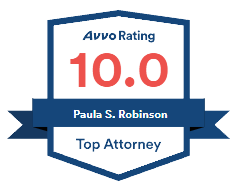When one suffers a work related injury in Pennsylvania, their compensation rate must be calculated, based on the gross earnings at the time of the injury. There are various ways to calculate the amount that a person receives per week in benefits, depending on the length of their employment, whether they are a seasonal worker, etc. What is also taken into account is whether the individual works more than one job. For workers’ compensation purposes, the term concurrent means “at the time” of injury. This is according to well established Pennsylvania Commonwealth Court case law, Freeman v. WCAB (C.J. Langenfelder & Son), 527 A.2d 1100 (Pa. Cmwlth. 1987).
Let’s say that you have two part-time jobs at the time of injury; the gross wages, also known as the Average Weekly Wage (AWW) from each job must be calculated separately and then added together to determine the worker’s (AWW) for compensation. Once the proper AWW is established, then the proper weekly compensation rate can be calculated using rating charts set forth by the PA Department of Workers’ Compensation. Keep in mind that the higher your compensation rate, the greater the value of your take home compensation, and ultimately, the greater the value of any potential lump-sum settlement.
If you, or a loved one has suffered a work-related injury, and you need help to figure out if you are being paid correctly by the workers’ compensation insurance company, contact Robinson Law LLC for a free consultation.









